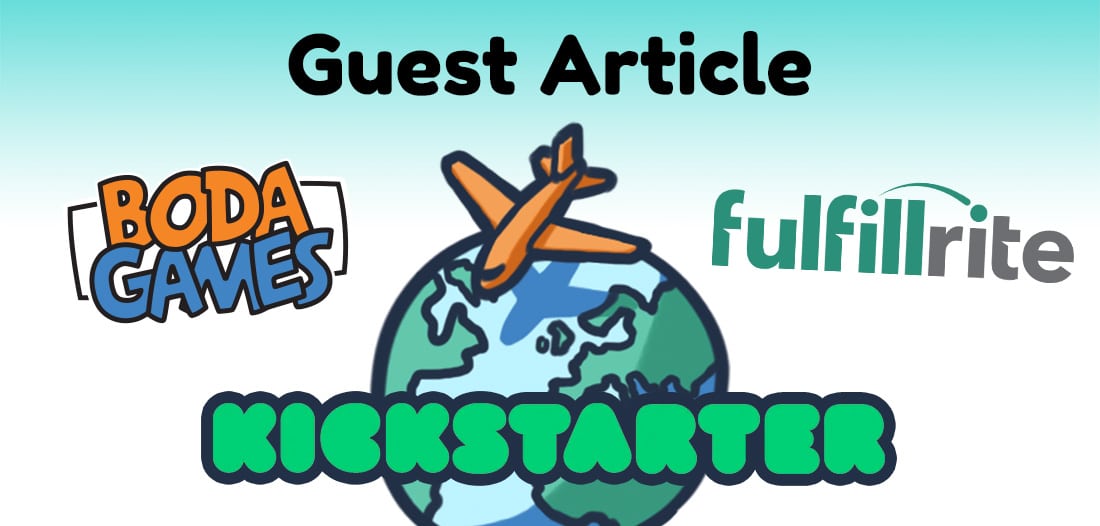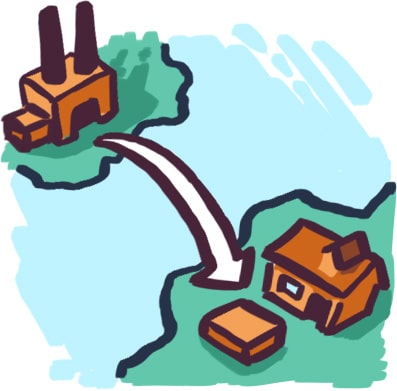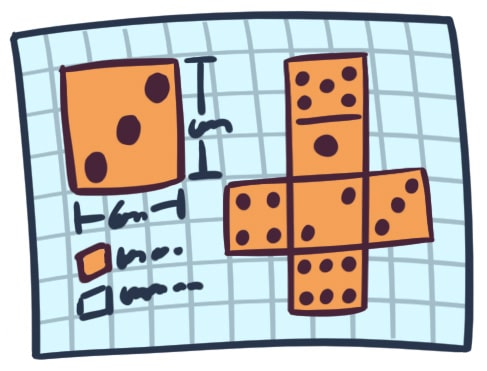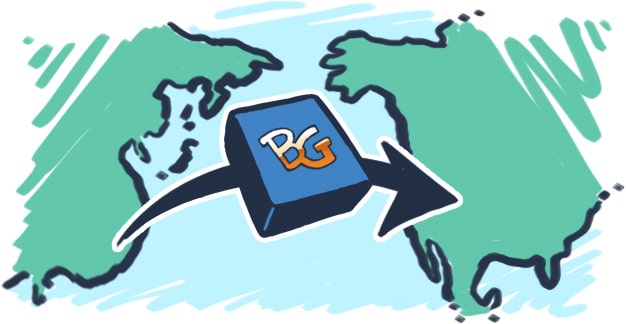
Fulfillrite Guest Blog Post: How to Fulfill Your Board Game Kickstarter Part 1
Fulfillment – what is it, and how do you make sure you’ve got the right type? Brandon Rollins from Fulfillrite wrote a guest blog post for us to help explain it. Fulfillrite works with all types of Kickstarter campaigns, including a lot of board games, to help make sure that the products arrive safely at the backers, while making things easier for the people running the campaigns. In this 2 part series, he will take us through the various steps involved when fulfilling a Kickstarter campaign. And explaining the common mistakes, pitfalls and what to watch out for when you are fulfilling your Kickstarter projects.
How to Fulfill Your Board Game Kickstarter – A Step by Step Guide
Kickstarter is the go-to place for new board games. In the year 2020, amid a once-in-a-century pandemic, tabletop games raised over $230 million on the crowdfunding platform. Thousands of games are funded into existence every year. The only problem: almost every Kickstarter ships late.
While Kickstarter campaigns might be especially slow to ship lately, it’s not a new problem. As far back as 2012, 84% of Kickstarters shipped at least a month late.
So what’s going on here?
Turns out, fulfilling a Kickstarter of any sort is really hard. There are a lot of moving parts to consider, and you have to be a very good project manager to reliably ship on time, even in the best of circumstances.
Take heart, though! Kickstarter management is a learnable skill, and the basics are surprisingly easy to master. In this article, we’ll talk about the five steps that you need to go through in order to get your board game into your players’ hands.

What is fulfillment?
In the world of Kickstarter, fulfillment involves every step taken after a campaign funds to get a product in backers’ hands. This is a little confusing since in most other business contexts, fulfillment refers to only one of those steps.
Specifically, fulfillment usually means order fulfillment, which is primarily picking items from storage, packing them into boxes, and shipping them to customers.
With that common misconception out of the way, Kickstarter fulfillment can be seen as a five-step process.
- Manufacturing
- Freight shipping
- Customs clearance
- Order fulfillment
- Returns and customer service
Now before you read the rest of this post, consider the following:
I will be talking about the fulfillment process in the order that events will take place after a campaign is funded. But in order to have smooth fulfillment, you need to have the following lined up early:
- A manufacturer you trust
- Order fulfillment warehouses in any region you need to ship from
You also need to have reviewed quotes for manufacturing, freight, customs, and order fulfillment early on. The world of shipping is going through a lot right now, and you can’t take anything for granted when it comes to pricing!
So with that in mind, let’s jump right in!

Step 1: Manufacturing
Manufacturing starts shortly after your Kickstarter funds. In an ideal scenario, you would want to know who your manufacturer would be well before your Kickstarter launches. Not only will this ensure that you are able to fulfill your campaign on-time, but it will also ensure that your requested quotes are aligned with the scope of your project.
The first part of the manufacturing process, from the Kickstarter creator’s perspective, is finding a good manufacturer. If you’re reading this article on the Boda Games website, then you know at least one company to contact!
Good specs will make sure that it’s possible to make your vision a physical reality. Good files will make sure that your game’s manufacturing is not unnecessarily delayed by last-minute tweaks to trim and bleed lines!
Before you start manufacturing a large print run, reach out to your manufacturer and ask them to create a sample. This will often take a few weeks and cost a few hundred dollars, but it’s worth it to ensure the quality of the final product.
Once the sample arrives, test the product and see if you like how it turned out. If everything is good, order the print run!
Step 2: Freight shipping
Once your game has been manufactured, it won’t just show up at board gamers’ doorsteps. You have to make that happen, one way or another. There are a few different ways you can go about this.

First, an important note
Before you book transportation, make sure you know where you want to house your games. In an ideal situation, you want to have warehouses located close to where your customers are, but you also need to make sure you have enough customers in a region to justify a warehouse there.
Large Kickstarters often have a warehouse in the US, European Union, Southeast Asia and/or Australia, and Canada. That way, most major markets are able to receive their games without surprise customs charges (which happens, if you ship, for example, a single game from the US to the EU).
Smaller Kickstarters often have a warehouse in the US and maybe the EU. They then pay for customs charges that their backers may receive, because that is cheaper than booking another warehouse.
Every situation is different. But since you never know how a Kickstarter will do until it’s over, here is what I would personally do. Get quotes and find warehouses you trust in the US, EU, Southeast Asia, and Canada. But only start doing business with them if you have more than, say, 50 orders in their region of expertise.
Option 1: The manufacturer ships
The first and simplest is that some board game manufacturers will arrange freight for you under DDP terms. That is to say, they’ll send your games wherever they need to go, and add customs charges to the price you pay them.
This is an attractive option because of its simplicity. You deal with one company, you pay one company. That’s it. It’s also expensive and most manufacturers do not offer this option.

Option 2: You book freight
In all likelihood, your manufacturer will either make your game under EXW or FOB terms. EXW means that once the game is done, it sits in their warehouse and you’re responsible for everything from that point forward. FOB means that the game will be shipped to the nearest port where it will wait to be picked up.
In these situations, you will need to book freight. One of the easiest ways to do this is to use a freight marketplace. My favorite is Frieghtos, and it feels like Expedia for freight shipping.
You type your information into Freightos (or another marketplace of your choosing). The questions are pretty basic. Where is the freight now? Where is it going? What’s being shipped? How much is it worth?
You are then presented with different shipping options – sea, rail, air, and so on – and you pick the one that makes the most sense. If you’re cost-conscious, it will usually be sea shipping.
Option 3: You get someone to book freight for you
Of course, given how complicated freight is, it often doesn’t make sense to do it yourself. If you want to avoid all this hassle, you can hire a freight broker to take care of everything for you. Before freight marketplaces started showing up in the late 2010s, this was, after all, the default option and it’s still a good one today.
This is part 1 in a 2 part series guest post by Brandon Rollins, the marketing director for Fulfillrite. Stay tuned next week for the second part!



Sorry, the comment form is closed at this time.